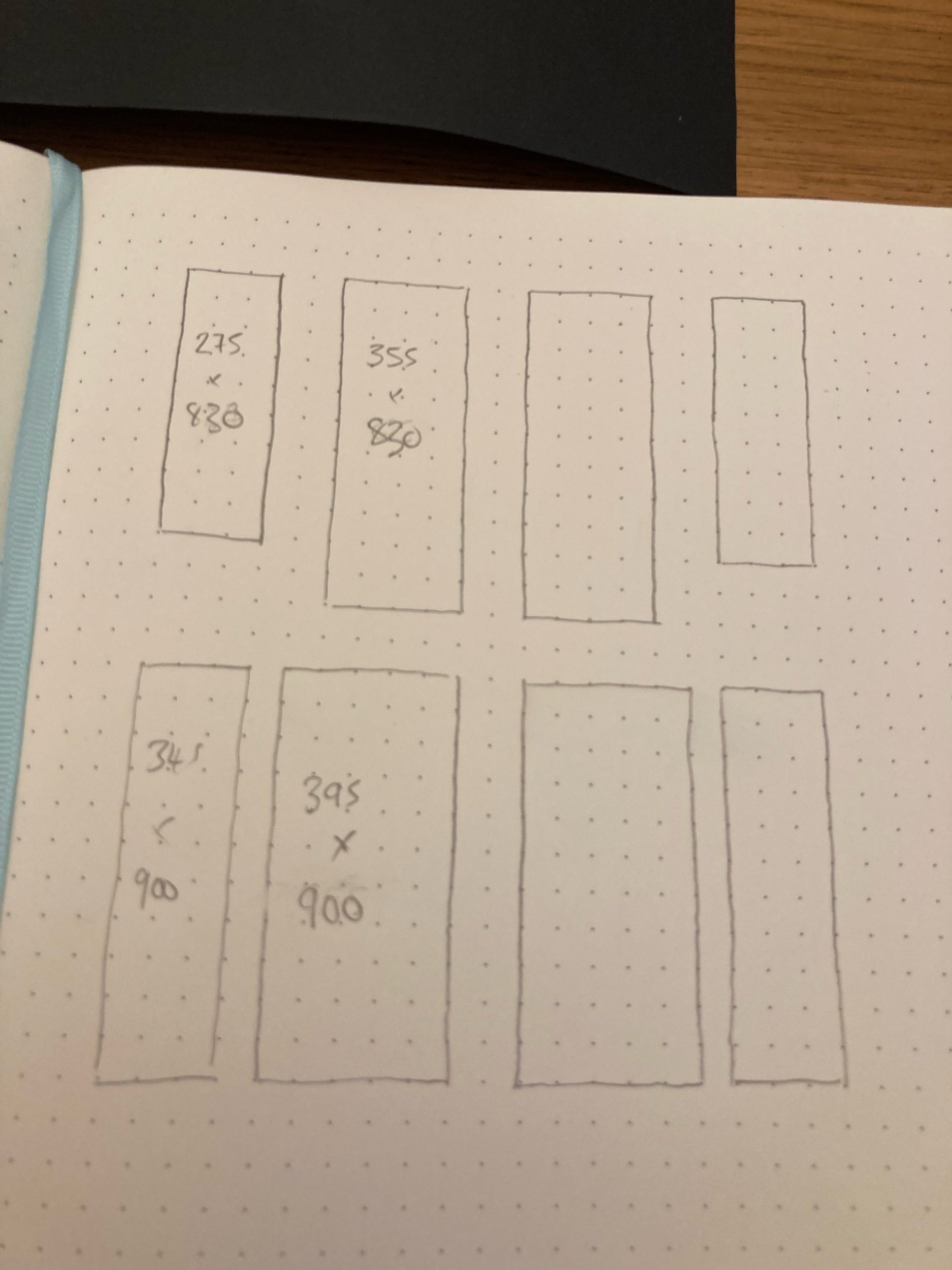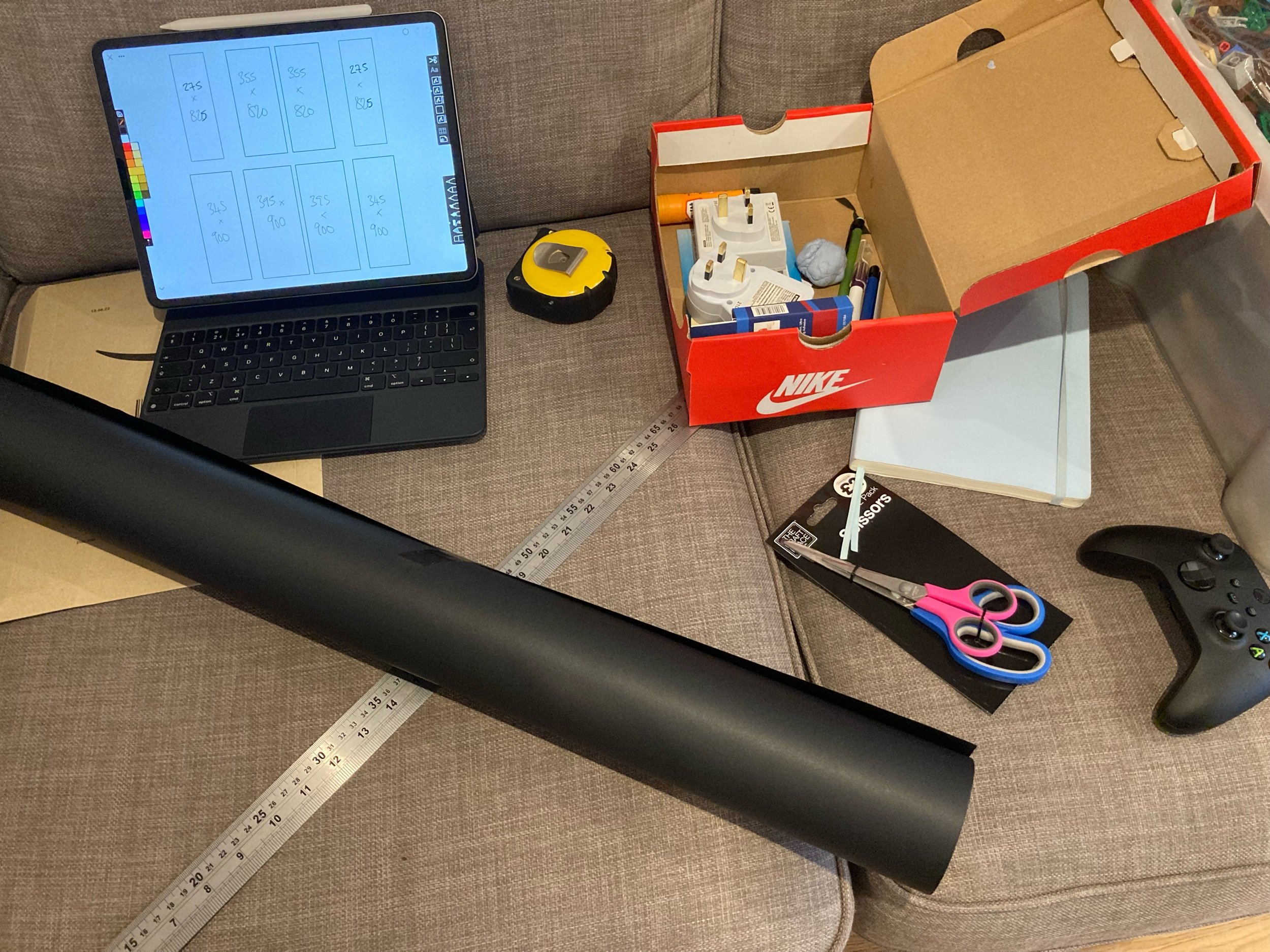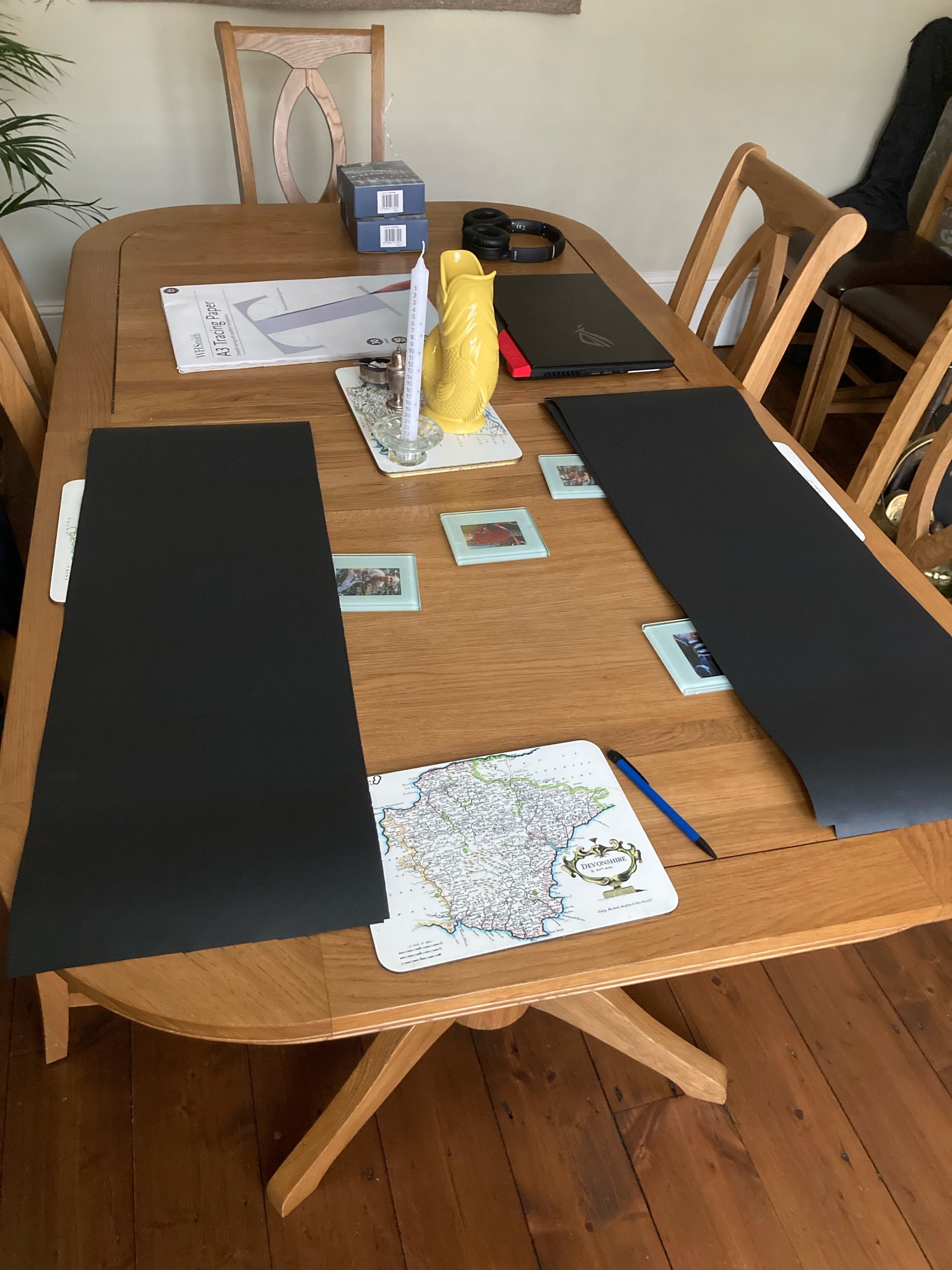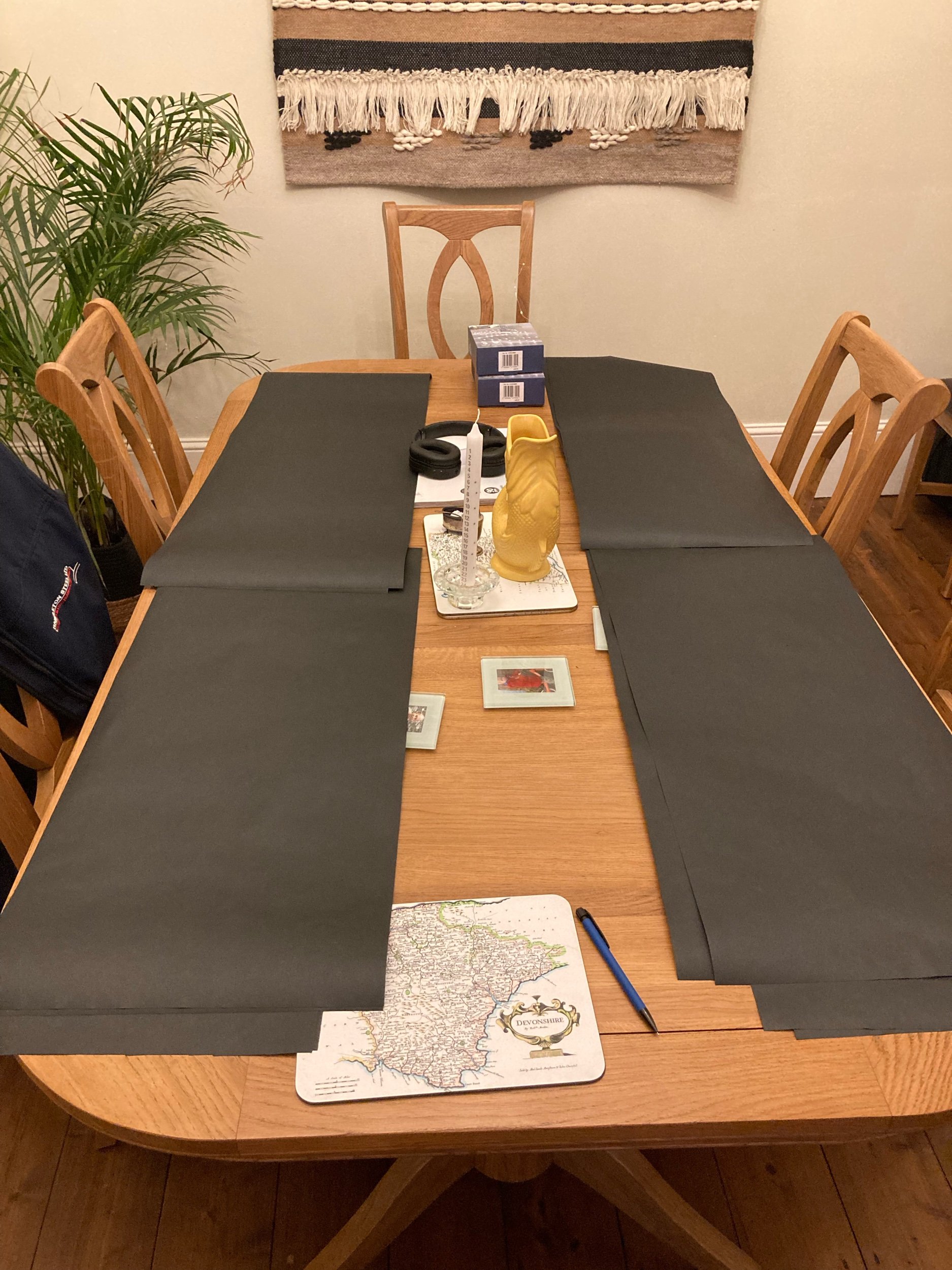In the UK, a referendum is a nationwide vote on a particular issue which is meant to be binding on the government of the day. It is very understandable version of democracy, a question is asked or a policy is put forward to be either rejected or accepted, and winner takes all.
This simplicity, I would argue, is part of what makes some of the current language, propaganda, and slogans being used so attractive to people, in particular those who voted to Leave the EU. A very simple argument to form is “we won the referendum, do as your told and leave the EU”. It will be relevant to note that the referendum chose by a narrow, and now famous margin of 52% to 48% to leave the European Union. It was not a resounding victory by any means.
There are fundamental questions to be asked regarding the way the 2016 EU referendum was crafted, because with a little more care and forethought, the very real economic, and now Constitutional uncertainty caused by it could have been avoided. The open-ended question of *exactly how* the UK was to leave the EU, should the populace choose to do, so is the very reason there is now such confusion about democracy.
Democracy vs. Democracy
I am emphatically not a lawyer, so I am utterly unqualified to debate the merits of which of these two forms of democracy should trump the other, but it is obvious for all to see that there is an ongoing conflict between two competing democracies, and for the purposes of this essay, and being able to correctly judge the UK Government’s recent actions, that there is an unresolved conflict is all that matters.
It is easy to find comments on websites, placards at rallies, and quotes on vox pops on the news saying that to protest against the prorogation of Parliament is “anti-democratic”, because it subverts the “will of the people”. This is plainly only part of the story, because as we know there are two democracies in play. One of the democracies chose the direction of travel - that is the Referendum chose to leave - and the other democracy, our Parliamentary democracy, has been left to figure out exactly how it is should be done. Both are legitimate, and neither can or should be ignored.
The most obvious way to get around this fundamental impasse would be some sort of compromise: the UK would leave the EU in a way which the 48% of the public who wished to remain can be in some way placated. Unfortunately for fans of practical solutions that might just about please everyone a little bit, three successive UK Governments have by negligence and choice made compromise essentially impossible.
The slow death of compromise
The Cameron government devised the 2016 referendum badly, and then failed in the campaign to call out lies by the Leave campaign in at attempt to avoid damaging inter-party public arguments. This allowed the Vote Leave campaign in particular the latitude to frame the arguments in the most base and false ways, and marked the start of a ratcheting of rhetoric across the whole of the debate. Compromise was already under threat from the uncontrolled lies spread by Leave UK and the combative and negative tone they set.
The May government was the first to actively choose to throw compromise in the figurative bin. After an initial period marked by silence and evasion, May decided to trigger a snap election, actively seeking a mandate to enact her Brexit strategy. The election resulted in May losing her majority, with a return to a hung Parliament. The country effectively said, “we don’t particularly want what you’re offering, and we feel much the same about the opposition”. At this point, May ought to have recognised the country’s need for compromise, but instead veered maniacally into a brick wall as she began to behave as if she’d won a thumping majority. The UK was to leave on what was, in terms of all referendum campaigning and political speculation since 2016, the very hardest of Brexits. The ratchet moved another tooth on its travel.
Now we arrive at the Johnson government, and in the space of a few short weeks we’ve moved from May’s policy of Very Hard Brexit, to Johnson’s policy of seeking to leave without a Withdrawal Agreement at all. It is important to note that under the May government, MPs from all parties voted for and passed legislation demonstrating a firm rejection of taking this action, deeming it economic suicide. A similar group of MPs are planning to do so again.


























